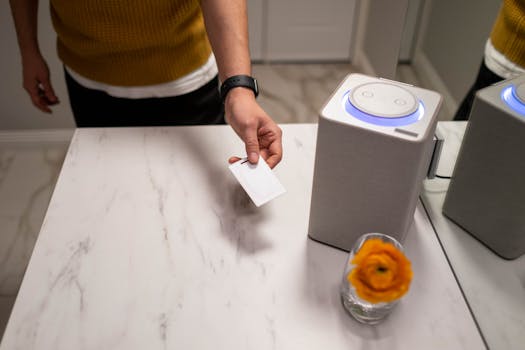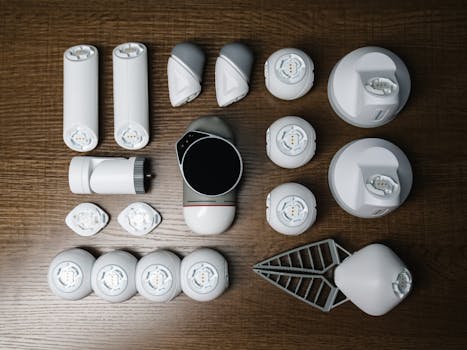
Smart Homes 2025: The Rise of Smart Homes 2025: The Rise of AI-Driven Devices
As we step into the year 2025, the world of smart homes is undergoing a significant transformation. The integration of Artificial Intelligence (AI) is taking center stage, giving rise to AI-driven devices that are redefining the concept of home automation. In this article, we will delve into the world of smart homes and explore the latest advancements in AI-driven devices.
Introduction to Smart Homes

A smart home refers to a residence that is equipped with advanced technologies, including AI, Internet of Things (IoT), and Machine Learning (ML), to provide a convenient, comfortable, and secure living experience. Smart homes are designed to learn and adapt to the habits and preferences of their occupants, making it possible to control and monitor various aspects of the home remotely.
AI-Driven Devices in Smart Homes

AI-driven devices are the backbone of smart homes, enabling seamless communication and control between different systems and appliances. These devices use advanced algorithms and ML to learn and adapt to the behavior of the occupants, anticipating their needs and making adjustments accordingly. Some of the most common AI-driven devices found in smart homes include:
- Virtual Assistants: Devices like Amazon Alexa, Google Home, and Apple HomeKit that use natural language processing to control and interact with various smart devices.
- Smart Thermostats: Devices like Nest and Ecobee that use ML to learn and adjust temperature settings based on occupancy and external weather conditions.
- Security Systems: Devices like August Smart Locks and Ring Doorbells that use AI-powered computer vision to detect and alert occupants of potential security threats.
Benefits of AI-Driven Devices in Smart Homes

The integration of AI-driven devices in smart homes offers numerous benefits, including:
- Enhanced Convenience: AI-driven devices enable occupants to control and monitor their home remotely, using voice commands or mobile apps.
- Energy Efficiency: AI-driven devices can optimize energy consumption by learning and adjusting to occupancy patterns and external weather conditions.
- Improved Security: AI-powered security systems can detect and alert occupants of potential security threats, providing an added layer of protection.
Challenges and Limitations of AI-Driven Devices in Smart Homes

While AI-driven devices have revolutionized the concept of smart homes, there are several challenges and limitations that need to be addressed, including:
- Privacy Concerns: The use of AI-driven devices raises concerns about data privacy and security, as these devices often collect and transmit sensitive information.
- Interoperability: The lack of standardization and interoperability between different AI-driven devices can make it difficult to integrate them seamlessly.
- Cost: The high cost of AI-driven devices can make them inaccessible to many consumers, limiting their adoption and use.
Conclusion

In conclusion, the rise of AI-driven devices in smart homes is transforming the way we live and interact with our living spaces. While there are several benefits to these devices, including enhanced convenience, energy efficiency, and improved security, there are also challenges and limitations that need to be addressed. As the technology continues to evolve, we can expect to see more advanced and sophisticated AI-driven devices that will revolutionize the concept of smart homes and make them more accessible and affordable for everyone.






